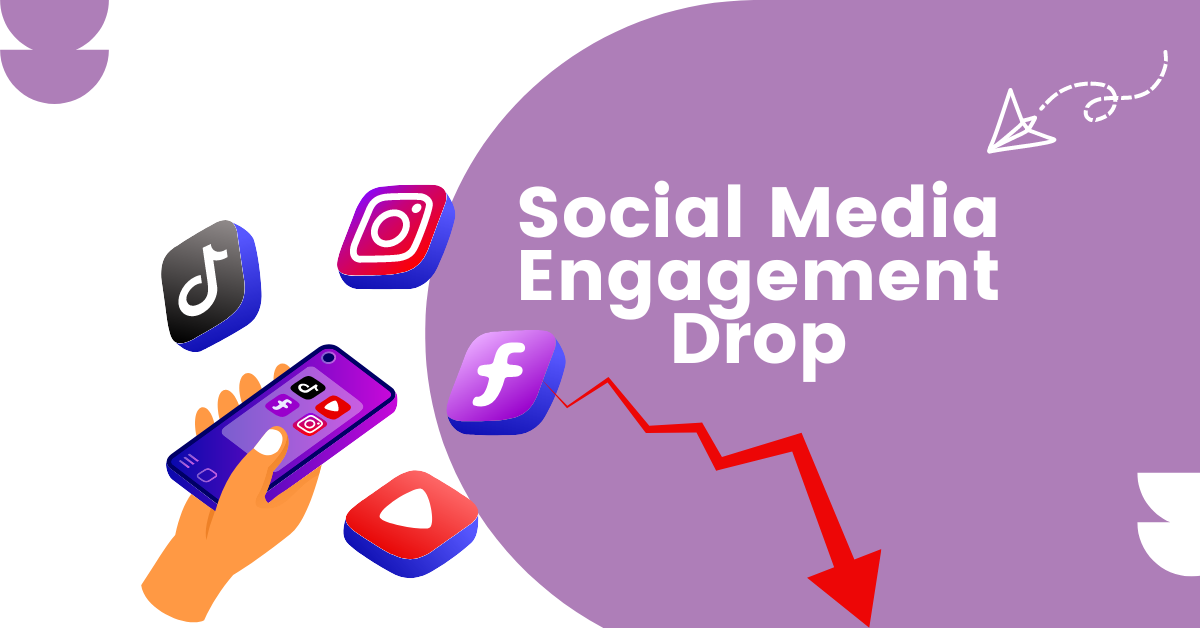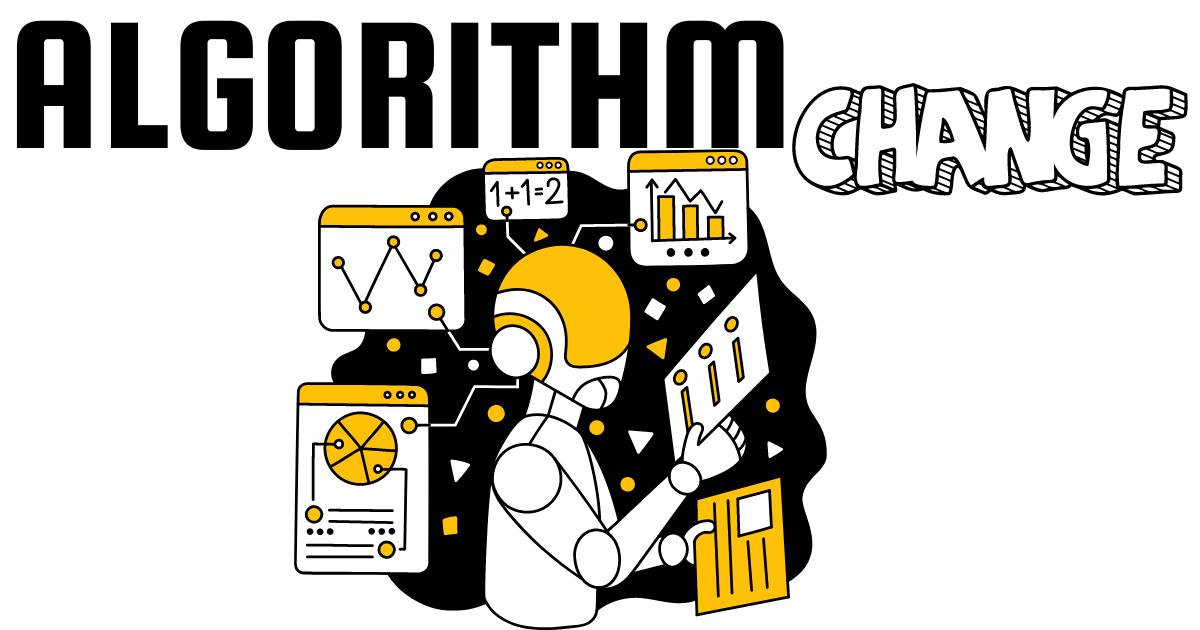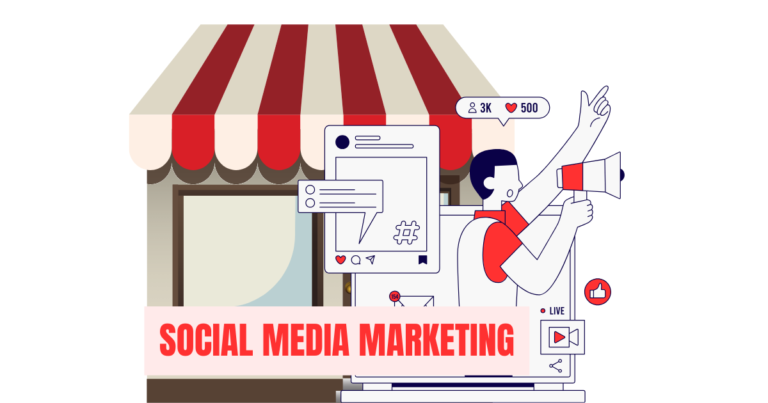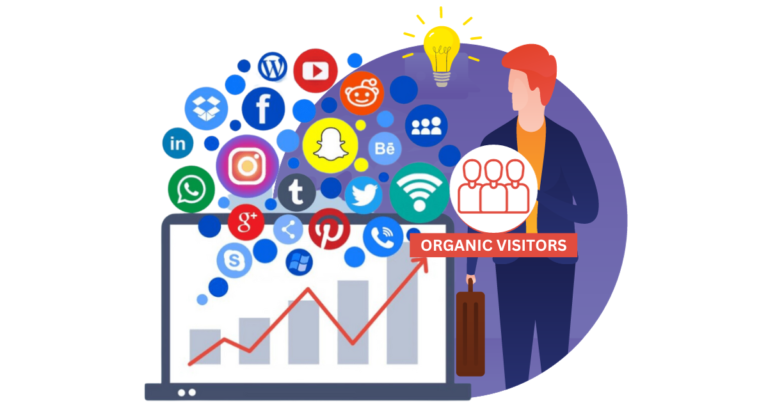Social media platforms were hailed as the best tools ever created for networking, marketing, and communication. Users have noticed a noticeable reduction in interaction on these platforms over time, though. The goal of this article is to examine the several causes that have contributed to this drop and provide practical advice on how to stop this worrying trend. Understanding the intricate forces at play in the growing digital world is essential for regaining the vitality of social media participation.
The Rise of Algorithm Changes
The ever-changing algorithms that power social media sites like Facebook, Instagram, and Twitter must be addressed first and foremost. These complex mathematical equations, which are always changing, determine what information appears in consumers’ feeds. These algorithms frequently recalculate in their effort to deliver the most relevant material, putting businesses and content producers in a constant state of adjustment.
These algorithms frequently prefer purchased content over organic posts, making it harder for people and businesses to naturally reach their target audience. Because of this, even the most captivating and skillfully written blogs may languish in obscurity and fail to receive the attention they merit.
Content Saturation
Social media platforms are overflowing with data due to the billions of users that produce an enormous amount of content every day. Due to the overabundance of content, the climate has become intensely competitive, making it difficult for individual postings to stand out, which has decreased interaction. Users may become less interested in engaging with posts as a consequence of content fatigue as a result of the overwhelming amount of information they are exposed to on a daily basis.
The Rise of Private Groups
The rise in popularity of private groups on social media platforms has been a noticeable trend in recent years. Privacy issues and a general desire for deeper connections among people are two factors contributing to this phenomenon. These gated communities provide a safe haven where users can interact with curated and more personal material.
The number of users joining these secret groups is growing, while participation in standard feeds is declining. This change has important ramifications for companies and content producers hoping to engage their audience.
Social Media Fatigue
Continuous scrolling and the need to keep up a polished online profile have become detrimental in the digital era. As a result, many people experience social media fatigue. The amount of time users spend browsing through countless feeds and posts is becoming painfully obvious to them.
As a result, many are looking for strategies to reduce their internet exposure and reclaim their time. Users are disengaging from social media sites due to a desire for a digital detox, which lowers overall engagement rates.
Misinformation and Trust Issues
Users have grown distrustful as a result of the spread of false information and fake news on social media sites. Users are being more cautious in their interactions as a result of realizing that material can be deceptive or manipulative.
Users are reluctant to interact with content that can be viewed as unreliable in this skeptical environment. While necessary to combat misinformation, this hesitation also contributes to the general decline in engagement.
Algorithm Gaming
Some individuals and companies have turned to algorithm gaming in their persistent search for higher engagement metrics. This involves unethical strategies like buying engagement or followers to increase their online visibility.
While these strategies could result in quick rewards, they frequently jeopardize the sincerity of encounters. Long-term engagement attempts are ultimately undermined by users’ increasingly discerning nature, which leads them to reject inauthentic interaction tactics.
Decline in Organic Reach
Some people and businesses have resorted to algorithm gaming in their never-ending quest for higher engagement metrics. This entails using unethical tactics to boost their online presence, such as purchasing engagement or followers.
These tactics frequently compromise the genuineness of interactions, even though they could produce rapid rewards. Users’ more discriminating nature, which causes them to reject unauthentic interaction strategies, eventually undermines long-term engagement efforts.
Shifting User Demographics
The user demographics of social media are a dynamic ecosystem that is always changing. The preferences, actions, and expectations of users alter as new generations use these sites.
Particularly younger generations could place distinct values on participating in social media. For organizations and content producers looking to successfully modify their strategy, understanding these changes in demography is essential.
Oversaturation of Advertisements
The use of advertising has become commonplace on social networking sites. The presence of sponsored content in users’ feeds, posts, and even direct communications has become the norm.
A condition called “ad blindness” occurs when people unconsciously overlook or scroll through promotional content as a result of the overabundance of advertisements. As a result, there is an unintentional negative influence on organic content engagement.
The Impact of the Pandemic
People turned to social media in greater numbers as the COVID-19 pandemic spread because they needed connections during their times of solitude. However, as the epidemic continues, users are battling exhaustion brought on by the pandemic and excessive screen time, which has led to a discernible drop in engagement levels. With people juggling work, home life, and online contacts, the initial spike in social media activity that occurred during lockdowns has subsided. In order to counteract the negative consequences of excessive screen time, some users have reduced their activity on social media or withdrawn altogether.
The Role of Video Content 
On social media platforms, video content has become more popular, but there is a catch. Video content is more time- and attention-consuming for users, despite being intrinsically interesting. Users may scroll by without taking an active interest in video material at a time when attention spans are falling and there is a glut of it. The popularity of video material has increased because of how well it can engage viewers and spread ideas. Longer video content, however, can make it difficult to keep viewers interested. Users frequently prefer bite-sized, readily digestible content, which may help to explain why longer videos are receiving less engagement. Because of this, video producers need to strike a balance between providing interesting information and taking into account users’ short attention spans.
User Behavior and Attention Span
The attention spans of modern users are shorter, and they favor bite-sized, readily absorbed content. Long posts and articles, formerly lauded, may now struggle to keep users interested, resulting in a noticeably lower level of engagement. Users are accustomed to skimming through their feeds and stopping only when something immediately grabs their attention. As a result, posts that take longer to read or watch might not generate as much interest as those that are shorter and more to the point. This change in user behavior calls for a change in content strategies, with an emphasis on producing material that can grab and hold attention in a short amount of time.
Competition Amongst Brands
Intense competition is currently raging between brands for the rapidly dwindling attention of social media users. Although necessary for marketing efforts, the constant barrage of promotional content may cause audience weariness and decrease engagement with company messages. Users may become more picky about the brands they interact with as they are inundated with promotional content from several brands. It can be difficult for companies to stand out and grab users’ attention because of the overwhelming amount of brand-related content that might muffle the impact of individual messages. Brands must work to produce compelling, pertinent content that connects with their target market in order to overcome this. This material must go beyond simple promotion and instead provide value and engagement.
The Influence of Social Trends
Even though they are fascinating, social media trends and problems can quickly overtake the platform. Users get bored with repetitious material, which causes engagement to noticeably fall as they look for new and interesting experiences. Societal media culture has made societal trends and problems a mainstay. Their widespread use, nevertheless, may also increase the amount of available content. There is a sudden inflow of content that is related to the trend or problem that is receiving public notice. Users could lose interest in participating in a trend after seeing it frequently in their feeds. Material producers must come up with novel methods to participate in trends or provide original, trend-inspired material that gives a new angle or creative twist in order to sustain engagement.
Privacy Concerns
Social media sites are constantly changing their metrics and analytics software. Users may become confused by this constantly changing environment, making it harder for them to evaluate the value of their content. As a result, many people might become discouraged, which would lower their enthusiasm for engagement initiatives. Users may find it difficult to keep up with the evolving landscape as social media networks provide new metrics and change current ones. Because it’s difficult for content producers to gauge their success and make decisions about their strategy, this can cause confusion and frustration. Social media platforms must offer simple and understandable analytics that enable users to comprehend their success and make data-driven improvements if they want to sustain engagement.
Conclusion
In conclusion, the fall in social media engagement is a complicated problem caused by a wide range of variables. These include constantly changing algorithms, oversaturation of content, the growth of private groups, social media fatigue, distrust brought on by false information, algorithm manipulation, diminishing organic reach, changing user demographics, oversaturation of marketing, and the pandemic’s effects. To reverse this trend, people and organizations must change their approaches, emphasizing genuine connections and quality over quantity.
[FAQ]
Content saturation can make it challenging to stand out. To combat this, focus on creating unique, high-quality content that adds value to your audience. Experiment with different formats, collaborate with influencers, and engage in trending conversations to increase visibility.
Is there a way to recover from a sudden drop in engagement?
Yes, you can recover from a drop in engagement. Start by analyzing what caused the drop, adjust your content strategy accordingly, and actively engage with your audience through comments, likes, and shares. Consistency and patience are key to recovery.
During a crisis, focus on transparency, empathy, and effective communication. Address concerns openly, listen to your audience, and provide solutions. Engaging authentically can help rebuild trust and maintain engagement.













